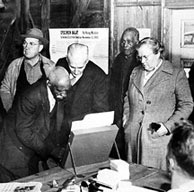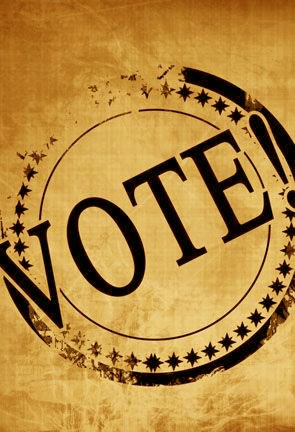Research Portfolio | Political Science
Can every citizen's vote count?
The 2000 US presidential election was any election administrator’s nightmare. Won by a razor-thin margin, that election forced Florida officials to count ballots by hand—and introduced the term “hanging chad” into the national vocabulary.
Crisis Reveals a Systemic Issue
Millions of ballots weren’t counted that year because they were unmarked, spoiled, or ambiguous. And, as serious as that is, more alarming still were the broader implications.
“What Florida did was alert us to the fact that blank ballots are a failure of the system,” said Charles H. Stewart III, Professor of Political Science, and Head of the School's Department of Political Science.
Improving Elections
The crisis launched the Caltech/MIT Voting Technology Project, which takes a comprehensive approach to improving elections. Early work by the group—identifying the best voting machines and administrative practices—is credited with helping to “save” about 1 million votes in 2004.
The project also conducts research into who votes and why. What are the barriers to voting in America? To find out, Stewart and his colleagues recently surveyed 10,000 voters across the country about the 2008 presidential election. “We made a very simple argument that voting is like a chain and if any link in the chain is broken, problems occur,” said Stewart. The survey asked about polling places, poll workers, and overall voting experience with an eye toward improving future elections.

The Infrastructure of Democracy
Although just 2% of voters reported difficulty with registration or voting machines, 14% reported waiting more than 30 minutes to vote—which can discourage participation. African-Americans reported waiting much longer than white voters and, ironically, voters who took advantage of “early voting”—adopted in some states to make voting more convenient—waited in longer lines than those who voted on Election Day.
“Our ambition is to do this survey again in 2010, 2012, to see what happens where voting laws have changed,” Stewart said. “The real value of a program like this is not doing it once, but doing it time and again.”
For more information:
Making Technology Safe for Democracy
Soundings Magazine, Fall 2008
Department of Political Science
Remember to vote!
